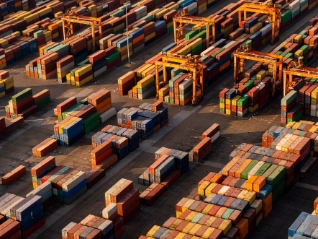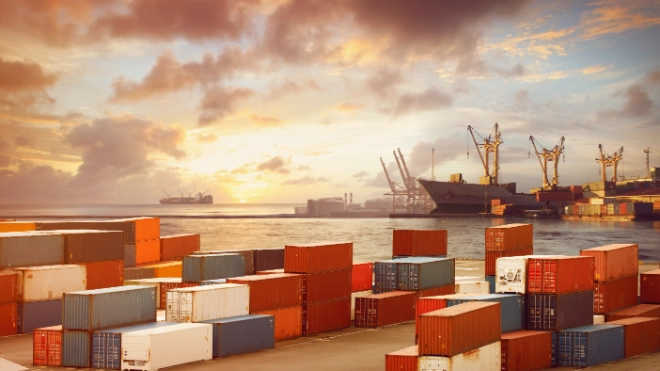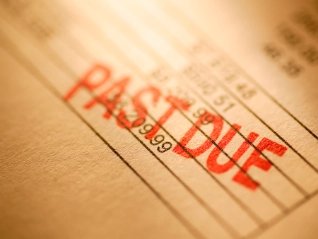Atradius Atrium
Get direct access to your policy information, credit limit application tools and insights
 Singapore
Singapore














Viewing 7 out of 176







Viewing 7 out of 41







Viewing 7 out of 26
Our Atradius Exclusive series will provide you with the latest insights from Atradius Economists, annual reviews of corporate payment practices, sector performance and more.







Viewing 7 out of 18














Viewing 7 out of 9
Case study
